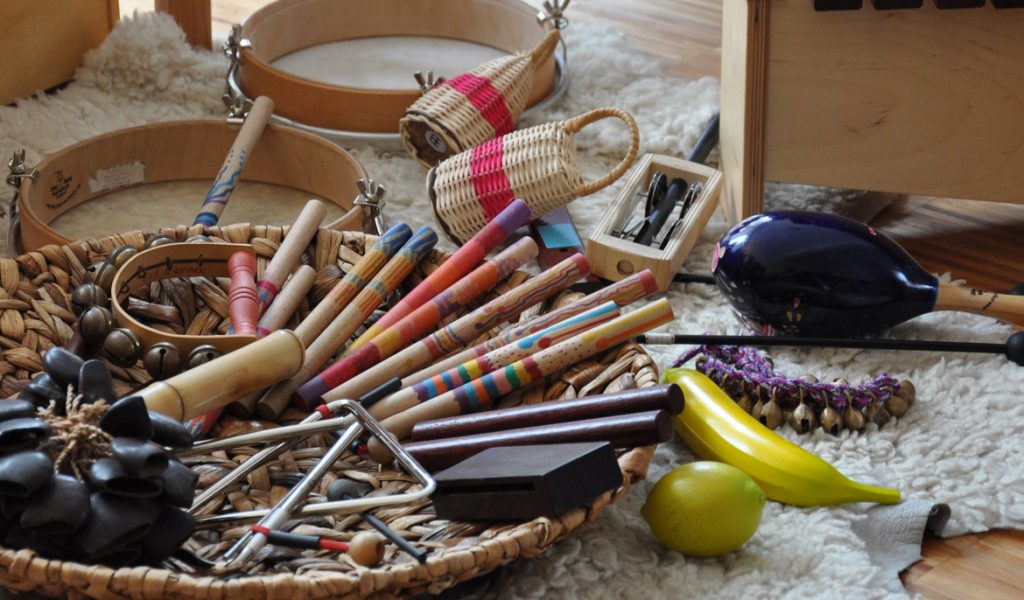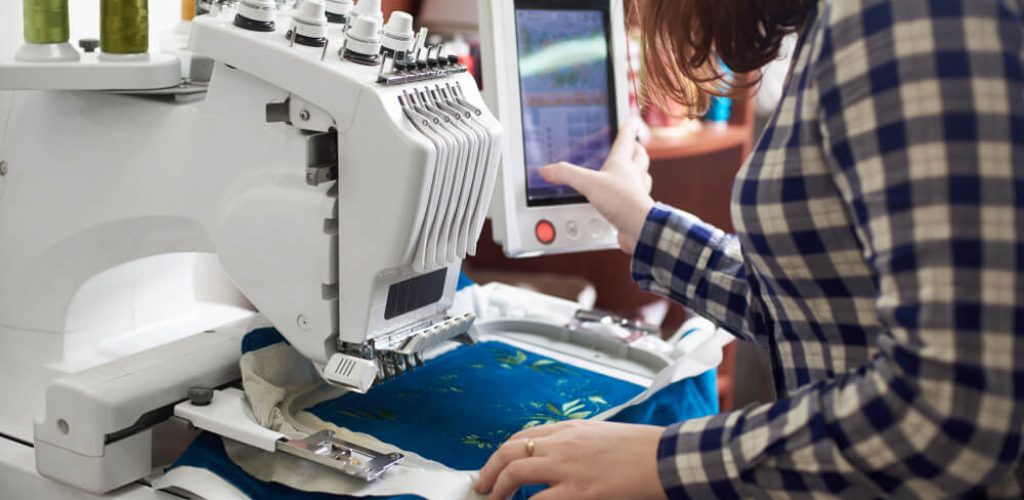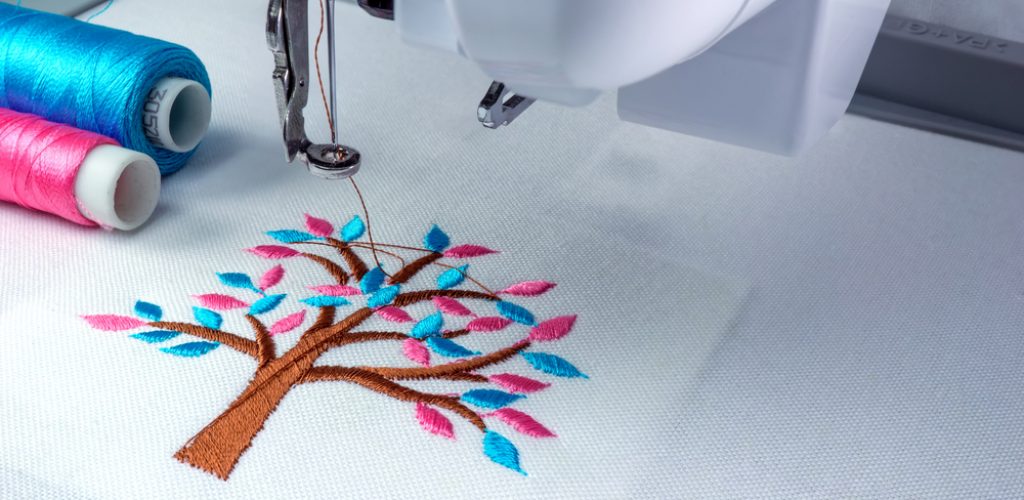Embroidery in modern times is not restricted to wedding gowns, designer dresses accessories and interior home items instead we have a lot of out of the box application that includes names and logo designs of the organizations, clubs, companies to name a few. There are five different (machine and customized)embroidery techniques widely used: counted thread embroidery, whitework technique, candle wicking embroidery, and shadow work embroidery.
Counted Thread Embroidery
We count thread in fabric for every stitch, and you generate symmetrical stitches. Cross stitch is a brilliant example of the most common counted thread embroideries.
We work on design outlines with different stitches like chain stitch, back stitch, stem stitch, and shape stitch. We stitch by overlapping the back stitches and form a new pattern.
Whitework Embroidery
Popular as French Laid work. It encompasses different types of embroidery techniques such as the Broderie Anglaise, shadow work etc. We typically apply the method on white fabric with white floss.
Candle wicking Embroidery
We use an unbleached heavy cotton thread on the unbeached muslin as an alternative to the whitework embroidery technique. We use the Candlewicking technique by using “colonial knot”, which is done on the design line.
Patchwork Embroidery
We assemble the small pieces of fabric on another fabric base and arrange them as per the aesthetics. We use machine or hand stitches in this technique and are extensively used for gift decorations.
Shadow Work Embroidery
We apply the herringbone stitch technique for the semitransparent or transparent fabrics. You can see shadow work visible on the face of the material in an attractive manner. It works well on every lightweight fabric such as georgette, voile, lawn, organza, organdie, batiste, muslin and many more.
Fish Scale Embroidery
We typically use a scale of fishes like goldfish to make the embroidery designs and mostly on velvet. We create the fish scale first, and then we develop holes at the base of each scale, followed by the stitching on the fabric.


